On a remote lonely mountain, Constance (frustrated poet) skis toward her death and Harry Weinstein (brilliant author) loses himself in an avalanche. Meanwhile, back in the city, Gully Jillson (the ex-husband who won the GG) is the suspect in the investigation of a murder that has taken place in Constance’s high-rise condo. The collision of this strange ménage a trois is at the heart of Cecelia Frey’s latest novel of love and death, sex and life. Complicating matters for Constance in her pursuit of a recalcitrant and perfidious muse are the ongoing intrusions of Sgt. Rock, homicide detective with ulterior motives; daughter Lara and her rock musician partner, Rowlf, fugitives from a California religious cult; and 84-year-old Aunt Olive, one floor down, who shoots from the lip, and the hip, if anyone messes with her boyfriend, Fred. In the ensuing hijinks, Constance becomes a character trapped in her narrative, which is hijacked by her former husband.
Ultimately, a novel about the act of writing, about finding one’s muse, and about how to find a way to live in the world.
“This fast-moving, original novel is full of surprises and good laughs, while at the same time tackling serious issues about relationships, especially, mother-daughter dynamics, and the way we all revise the past to suit ourselves. It’s an engrossing read as well as beautifully-written.”
— Sharon Butala

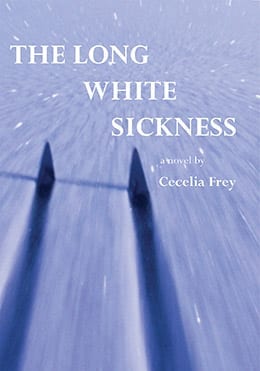

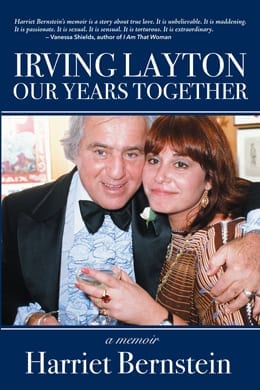
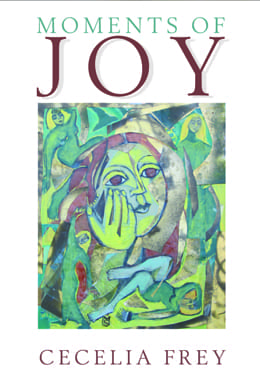
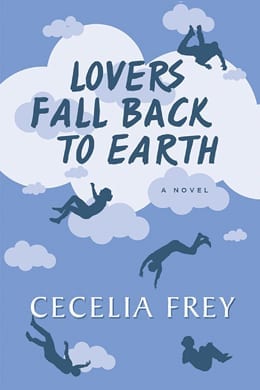
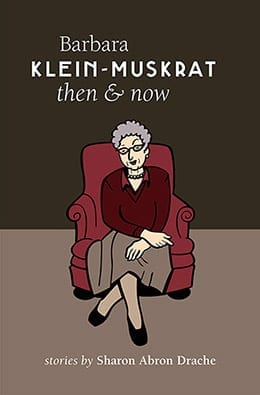

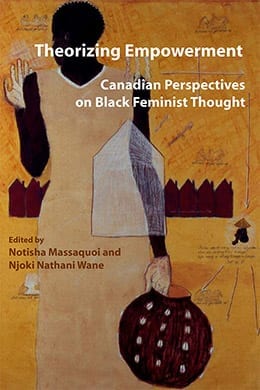
InannaWebmaster –
The Long White Sickness by Cecelia Frey
reviewed by Annie Vigna, FreeFall Volume XXIV Number 1
http://freefallmagazine.wordpress.com/
I attended the launch of this novel in July of this year. I observed the popular local author Cecelia Frey, a diminutive woman, pretty in a pink and floral dress as she worked the room with grace and ease, generous with her time as she greeted each friend or family member, eventually relinquishing this role to step up to the large crowd to introduce us to The Long White Sickness, her fifth novel. Frey has also written three collections of short stories, five books of poetry, and one play.She began reading from sections of the Prologue:
“This is my official autobiography, a scorching tale of desire and betrayal. A deeper reading, however, suggests that it is more exactly a story about being in love, a fool’s story of too much heart and not enough head (3).
I have spent considerable time contemplating where to begin . . . . After much thought and measured deliberation, since, as I have said, things became more interesting at the end, I have decided to start with my suicide (9).”
And, with this, she thanked everyone for coming to the reading, and stepped away, preparing to autograph copies of her latest novel. This was a stunning, dramatic reading, and I have no doubt that most people in attendance plunged into the pages of this book at their earliest opportunity.
Frey’s posts on Facebook (May, 2013), “My wisdom for this year: Life, like a novel, is the development of all the inferences contained in the beginning.” And to further, “This [novel’s] about one woman’s lifetime pursuit of an uncooperative and perfidious muse, a black comedy.”
I believe Aristotle said that plot is character. The physical actions of Frey’s characters move the story, even, and perhaps especially, when the story yields itself to magic realism with comedic spin. Black humour, oh yes, it is “laugh out loud” funny. And it is also serious, sentimental, and always told in the author’s authentic voice.
Only a gifted writer like Cecelia Frey can persuade her readers that the voice of her narrator is a person of righteousness, intelligence, and goodwill; her tone garners the readers’ respect and persuades them to provide witness to the events. That same voice skilfully acts as a chameleon when it exploits the prose and/or poetry of other characters in the book; for example, daughter Lara’s partner Rowlf’s hip hop renderings; or Sergeant Rock’s detective manuscript.
Frey takes the reader on a carefully calculated suicide mission up a snowy mountain on the 1st of January with the intention of reaching the summit of the mountain, then “shoving off” (19). As her “Constance” scales the mountain, her stream of consciousness deliberates many of her memories and regrets from the past, thus allowing the reader glimpses of the people in her past and her wounded connections to them. Perhaps Gully, her first husband, was correct when he said, “The trouble with you, you live backward instead of forward” (4). And he would also be wrong, because a lone skier on a snowy mountain must have her wits about her, and she does, as is evidenced by her observation of the whiteness around her. “White is death in our cold climate. White can invade brain cells, occupy spaces of the mind. It can muffle you so that you scream and scream but can’t be heard. I hate white” (15). Frey’s exploration of white as metaphor on this page and in this first chapter culminates in a veritable homage to the word when Constance makes it around the bend, to the place of her departure. And then I was around the bend. And then I was struck with awe. The earth was a living moving thing, taking on new shapes by the instant. A fantastic ballet of various forms of white – the snow swirled into heaps, heaps that then took off with a life of their own, creating an evolving landscape that was both distorted and magical. I had forgotten that aspect of white. I had forgotten that it could be magic (18).
Readers will discover their own interpretations of “white”, but the word and its implications cannot be ignored, as it appears in every chapter of the novel. Nor can the overall theme of the novel be ignored: perception is reality from someone else’s point of view. Cecelia Frey generously provides her characters with every necessary accoutrement to bring the novel to successful completion.
Since Constance is dead, the Afterword is narrated by one of the main characters, quite silent until now, who concludes, “The writing life is a failed life. Every serious writer knows that, knows he has failed to live outside the page. Every serious writer accepts the fact and gets down to work” (184).
InannaWebmaster –
“Cecelia Frey explores magic realism with Calgary-set novel” by Eric Volmers
Calgary Herald – August 26, 2013
George Orwell described writing a novel as a “long exhausting struggle, like a long bout of some painful illness.” Ernest Hemingway compared it to bleeding on your typewriter.
But you’ll get no such “suffering-for-your-art” claims from Calgary author Cecelia Frey about the craft. Even when writing a novel that she would eventually title The Long White Sickness, her process seems fairly angst-free.
“As I write, I constantly am making discoveries,” says Frey, in an interview from her Calgary home. “Starting the way I do, because I don’t have it all plotted and so on, it’s like going for a walk and you keep turning corners and every time your turn a corner there’s a wonderful discovery there. These discoveries are what keeps you going. If you have a really good day, then you feel really exhilarated because you’ve made all these discoveries and met all these wonderful people.”
Perhaps the sunny approach to writing is due to the 76-year-old having a relatively late start. She was over 30 before she began taking writing seriously, enlisting in a course at the University of Calgary in 1970 under the watchful eye of W.O. Mitchell. There was no time for angst.
That was where she says she learned a writing style she calls “free-fall,” a writing-without-a-net kind of approach where you compose without much forethought to structure and plot.
“We were about 10 or 12 in a group and he had us all madly writing free-fall,” says Frey about Mitchell, who created classic pieces of Canadiana such as Who Has Seen the Wind and Jake and the Kid. “That was how I got started.”
And, as with all of her previous novels, short stories or poems, The Long White Sickness began with an image that Frey couldn’t shake.
It was of someone skiing uphill along a precipice during a blizzard, “What is this person doing skiing up a mountain in a blizzard?” says Frey. “Then I have to answer that question for myself. I get that image and get the characters out the image and then I go with the characters. And it’s very true that they do have to tell you how it’s going to end. I’ve had to change endings just because the characters didn’t want to do that. It wasn’t within their character to act that way.”
This back-and-forth between characters eventually led to the complex, character-driven plot of The Long White Sickness, Frey’s fourth since her 1974 debut Breakaway. The tale starts with our less-than-reliable narrator Constance, a frustrated, oft-married poet of a certain age, skiing “towards her death.” This is interrupted by an avalanche that appears to claim the life of a brilliant author named Harry Weinstein. Meanwhile, back at Constance’s condo in Calgary’s Eau Claire neighbourhood, one of her ex-husbands, Gully Jillson, is accused of murder. We are eventually introduced to a homicide detective named Sgt. Rock; Constance’s daughter Lara and musician partner Rowlf, who have both recently escaped a California religious cult; and a no-nonsense 84-year-old named Aunt Olive.
These characters all congregate for a plot about murder and sex that delves into classic themes of “chasing one’s muse” before heading off into a more surreal world of magic realism. “A lot of characters go in and out of her life,” says Frey. “It really is a book of characters. It’s like some movies where the big characters make the movie what it is. I think that’s they way this novel works out too. The people who arrive in her life really make up the plot. Through them you understand or get to know her life has been like.”
As for tapping into the literary movement of magic realism, which stirs elements of the surreal into a realistic environment, Frey said she took a measured approach. “It sort of straddles the fence a little bit,” Frey says “I could have made it wilder, in a sense, just more surreal. I do want to communicate with my audience. There is a certain market for the surreal, but maybe it’s smaller. Not that I care that much about the marketing aspect of it, but I did want to communicate. So I toned it down a bit and made it not as crazy as it could have been.”
But even if it does eventually take off into the surreal, it’s also grounded in a sense of place. Specifically, Alberta.
That’s been a hallmark for much of the work from Frey, who has also written five books of poetry and three short-story collections. Breakaway was set on a farm in northern Alberta, which closely mirrored Frey’s own beginnings on a homestead near Whitecourt. Frey says she has always been interested in giving a literary voice to Alberta.
“Our literature on the prairies is pretty young,” says Frey. “We will explore more as we go and we have a lot of good writers exploring it. When I first started writing, if you didn’t set your novel in New York or London or something, well then forget it.” Frey has played her own part in developing Alberta writing talent. Over the years, she has taught writing at the University of Calgary, Mount Royal, for the Calgary School Board and the Alexandra Centre. By while she may keep her fictional adventures close to home, that doesn’t mean she doesn’t stray from her comfort zone when writing.
Whether it be the magic realism of The Long White Sickness, or the murder-mystery novel she is currently tinkering with, or the Gothic overtones of her sophomore novel, The Prisoner of Cage Farm, Frey often likes to dabble in genres to test her chops as a writer.
For 2009’s A Raw Mix of Carelessness and longing, which revolved around Alberta’s indie music scene of the 1980s, Frey was inspired to learn how to play a Metallica tune on guitar for research.
But there are limits. While skiing in a blizzard is key to The Long White Sickness, Frey decided relying on memory was good enough research.
“I don’t ski anymore but I still play the guitar,” Frey says with laugh. “But just at parties after I’ve had a few glasses of wine.”
[email protected]
——————————–
“Meeting Cecelia” by Shaun Hunter
July 27, 2013
http://shaunhunter.ca/news/2013/7/27/meeting-cecelia